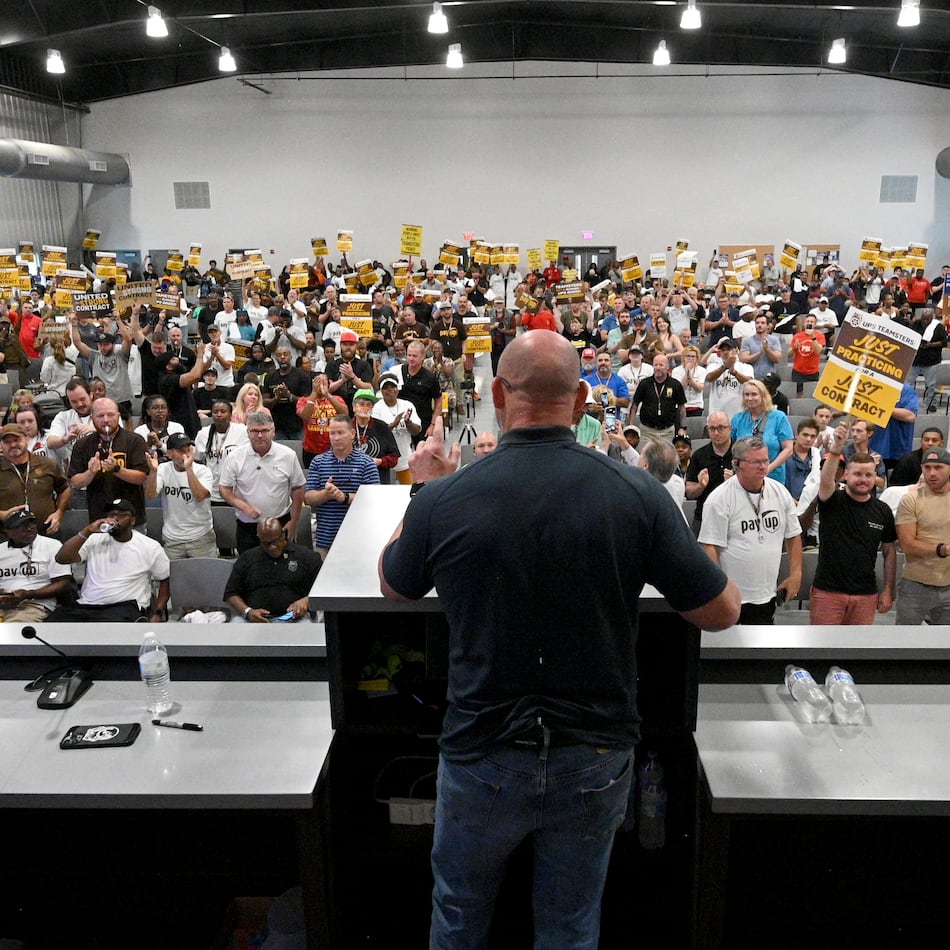By Arthur L. Mack
For the AJC
Never before had a major league baseball Hall of Famer's childhood home been placed on the grounds of a baseball stadium.
That is, until now.
On April 14, the childhood home of baseball great Hank Aaron will have its grand opening as a museum on the grounds of Hank Aaron Stadium, home of the Mobile BayBears, the Arizona Diamondbacks' Double-A affiliate.
"It [the museum] is more than about baseball," said Mike Callahan, the BayBears assistant general manager for corporate sales and entertainment. "The bigger lesson is that it is a tribute to Mr. Aaron himself, and his humble surroundings in the segregated South. Along with the ethics his parents established, it's about overcoming segregation to play baseball and to overcome the obstacles he faced.
"It's going to affect the community in more than just an economic sense. If you're here just for baseball, we've got you covered. If you want to widen your scope [beyond baseball], then the sky's the limit when you come here."
The first portion of the museum will have exhibits showing how the house looked when Aaron was growing up, along with items about Aaron's start in baseball, from the Negro Leagues to the minor leagues. Another exhibit will highlight Aaron's call-up to the big leagues.
A replica of the Aaron family kitchen, the room where Aaron and his brother, Tommie, slept, as well as lockers they had during their stints in the major leagues, will highlight the second part of the museum.
The third portion will show Aaron's pursuit of Babe Ruth's home run record. In addition, this section will show exhibits of Aaron's years with the Milwaukee Brewers, the progression of the building of Hank Aaron Stadium, and exhibits about Aaron's Chasing the Dream Foundation.
The museum also will hold various items from the Baseball Hall of Fame, which will be stored under strict climate-control standards.
"We now have Hank's house at ‘Hank's House,'" said BayBears chief operations officer Bill Shanahan. "We had this idea of how great it would be to have the childhood home of such a great man as Hank Aaron on the grounds where the stadium is named in his honor. Fortunately for us, Hank and I have a strong relationship going back to 1996, and over the years, I've gotten to know both he and his family."
How the house was built and eventually moved to Hank Aaron Stadium is a story in itself.
According to Shanahan, the original house, which was only 700 square feet, was built in 1942 by Aaron's father, Herbert. He built the house with scrap wood. The original house didn't even have a restroom or kitchen.
It wasn't until the 1960s that additions were made to the structure. First, a restroom and a kitchen were added, along with a brick facade. Then, in the '70s, other additions were made.
Once Hank Aaron gave his blessing to have his childhood home used as a museum, the real work began. Since the brick facade was not part of the original house, it was removed so the house could look more like it did when Aaron was a child. There was also asbestos siding covering the original wood, so it was removed to expose the original siding.
Callahan said many people played a role in making the museum a reality.
"The Mobile Police department, Sheriff's Department, and several companies gave of their time or materials to make this possible," he said. "At a time where they could least afford it, they gave the most. When times were tight, they asked how they could help. It was like moving a mountain. We moved it a little at a time."
About the Author
Keep Reading
The Latest
Featured

